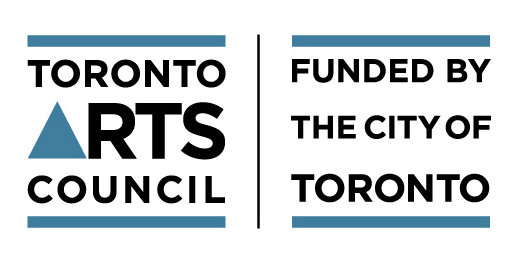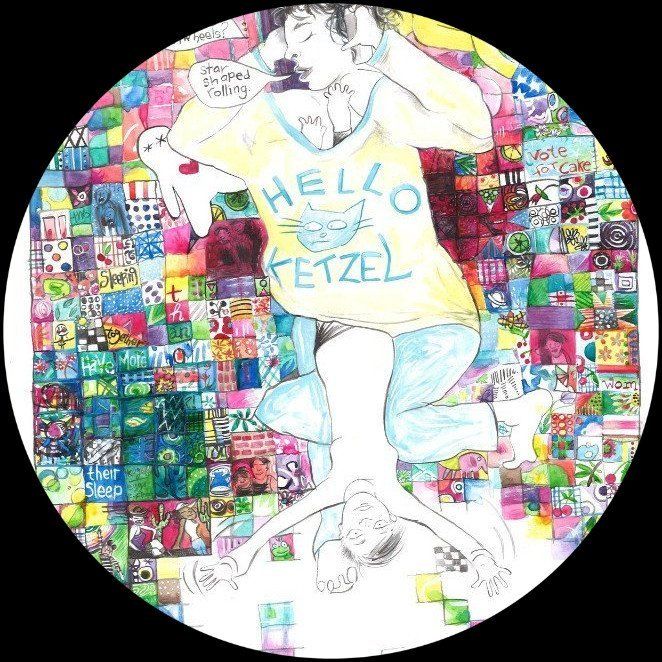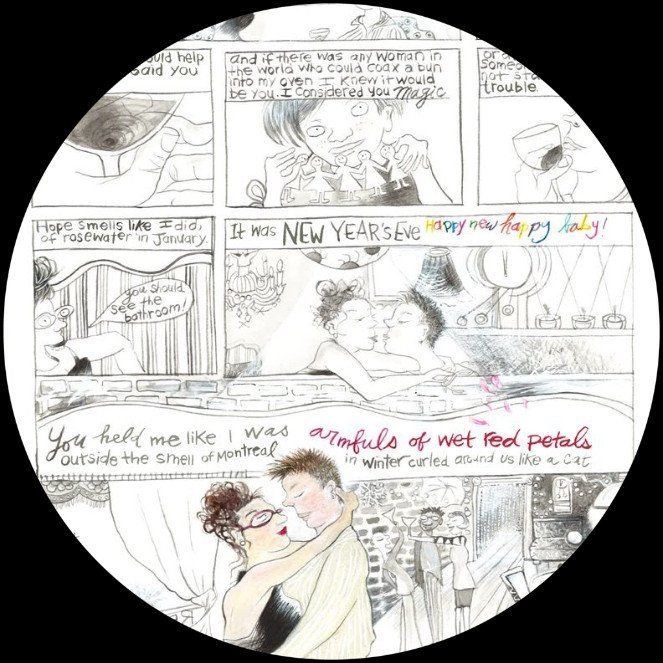RED
ROCK
BABY
CANDY
“Shira Spector’s deeply moving graphic memoir is about love and sorrow, and the wondrousness of being alive despite everything. The inventive combination of text and drawing works perfectly to draw the reader in.”
—Roz Chast, Can’t We Talk about Something More Pleasant?
"Shira Spector has created an ecstatic book about a life lived deeply, fully, and with the extreme bravery we must all have if we want to truly love and be loved."
-Eleanor Davis, How To Be Happy
"Bright colors, overlapping structures and ideas, a deliberate departure from the structure of graphic novels in order to convey a stream-of-consciousness that makes you work for the messages hidden in the tea leaves, and then devastates you by what you discover.."
-Fresh Fruit Magazine
"Shira Spector’s book is a flower garden on roller skates, an explosion of cosmetics, an elaborate piece of autobiographical embroidery about love and death and family."
"Spector's truest predecessor isn't a comics artist at all but the poet Walt Whitman. "
-The Comics Journal
Self-described as “an infertile, high-femme, low income, non-biological Jewish mom, dyke drama queen, and ectopic pregnancy survivor,” the author tells her story in this formally innovative graphic memoir.
Shira Spector literally paints a vivid portrait of the most eventful 10 years of her life, encompassing her tenacious struggle to get pregnant, the emotional turmoil of her father’s cancer diagnosis and eventual death, and her recollections of past relationships with her parents and her partner. Set in a kaleidoscope of Montreal and Toronto, Red Rock Baby Candy unfolds as one of the most formally inventive comics in the history of the medium. It begins in subtle, tonal shades of black ink, introduces color slowly over the next 50 pages until it explodes into a glorious full color palette. The irreverent characters begin to bloom and to live life fully, resurrecting the dead in order to map the geography among infertility, sexuality, choice, and mortality. The drawing is visceral, symbolic, and naturalistic. The visual storytelling eschews traditional comics panels in favor of a series of unique page compositions that convey both a stream of consciousness and the tactile reality of life, both the subjective impressions of the author at each moment of her life and the objective series of events that shape her narrative. It is the most formally revolutionary visual storytelling since Emil Ferris’s My Favorite Thing is Monsters.
Fantagraphics March 23, 2021







